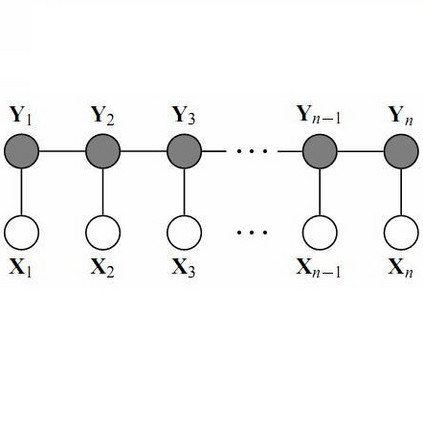Anomaly detection to recognize unusual events in large scale systems in a time sensitive manner is critical in many industries, eg. bank fraud, enterprise systems, medical alerts, etc. Large-scale systems often grow in size and complexity over time, and anomaly detection algorithms need to adapt to changing structures. A hierarchical approach takes advantage of the implicit relationships in complex systems and localized context. The features in complex systems may vary drastically in data distribution, capturing different aspects from multiple data sources, and when put together provide a more complete view of the system. In this paper, two datasets are considered, the 1st comprising of system metrics from machines running on a cloud service, and the 2nd of application metrics from a distributed software system with inherent hierarchies and interconnections amongst its system nodes. Comparing algorithms, across the changepoint based PELT algorithm, cognitive learning-based Hierarchical Temporal Memory algorithms, Support Vector Machines and Conditional Random Fields provides a basis for proposing a Hierarchical Global-Local Conditional Random Field approach to accurately capture anomalies in complex systems, and across various features. Hierarchical algorithms can learn both the intricacies of lower-level or specific features, and utilize these in the global abstracted representation to detect anomalous patterns robustly across multi-source feature data and distributed systems. A graphical network analysis on complex systems can further fine-tune datasets to mine relationships based on available features, which can benefit hierarchical models. Furthermore, hierarchical solutions can adapt well to changes at a localized level, learning on new data and changing environments when parts of a system are over-hauled, and translate these learnings to a global view of the system over time.
翻译:在许多行业,如银行欺诈、企业系统、医疗警报等行业,异常地检测大规模系统中的异常事件对银行欺诈、企业系统、医疗警报等至关重要。 大型系统的规模和复杂性往往随着时间推移而增加,异常检测算法需要适应不断变化的结构。 等级式方法利用复杂系统和本地环境的隐含关系。 复杂系统中的特征在数据分布上可能大不相同,从多个数据源中捕捉不同方面,当汇总时提供系统更完整的视图。 本文考虑了两套数据集,由云服务运行的机器的系统等级指标组成的系统一级指标以及分布式软件系统内部结构的2级应用指标组成,其系统节点之间具有内在的等级和互连性。 在基于PELT的变点算法、基于认知学习的高度温度记忆算法、支持矢量机器和调控调调的字段,可以据此提出全球-地方级调控点调的系统更精确地在复杂的系统系统、以及不同特点的地层结构结构上准确的变异性变换。 高的系统可以对这些系统的系统进行测算,在特定的系统内部结构中,可以对这些系统的系统进行更精确的系统进行更精确的变换,在特定的系统上进行更精确的系统上,并进行更精确地分析。



